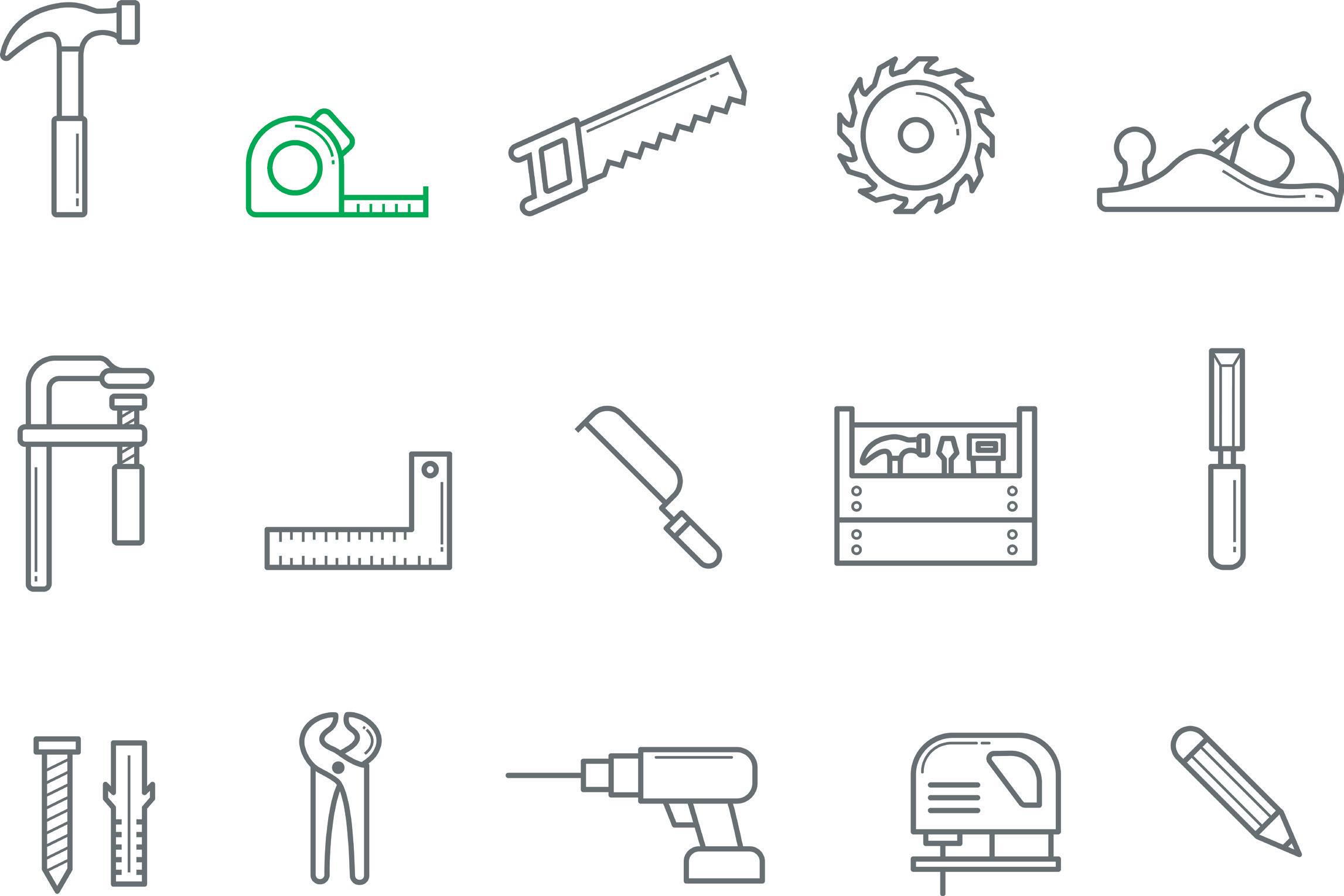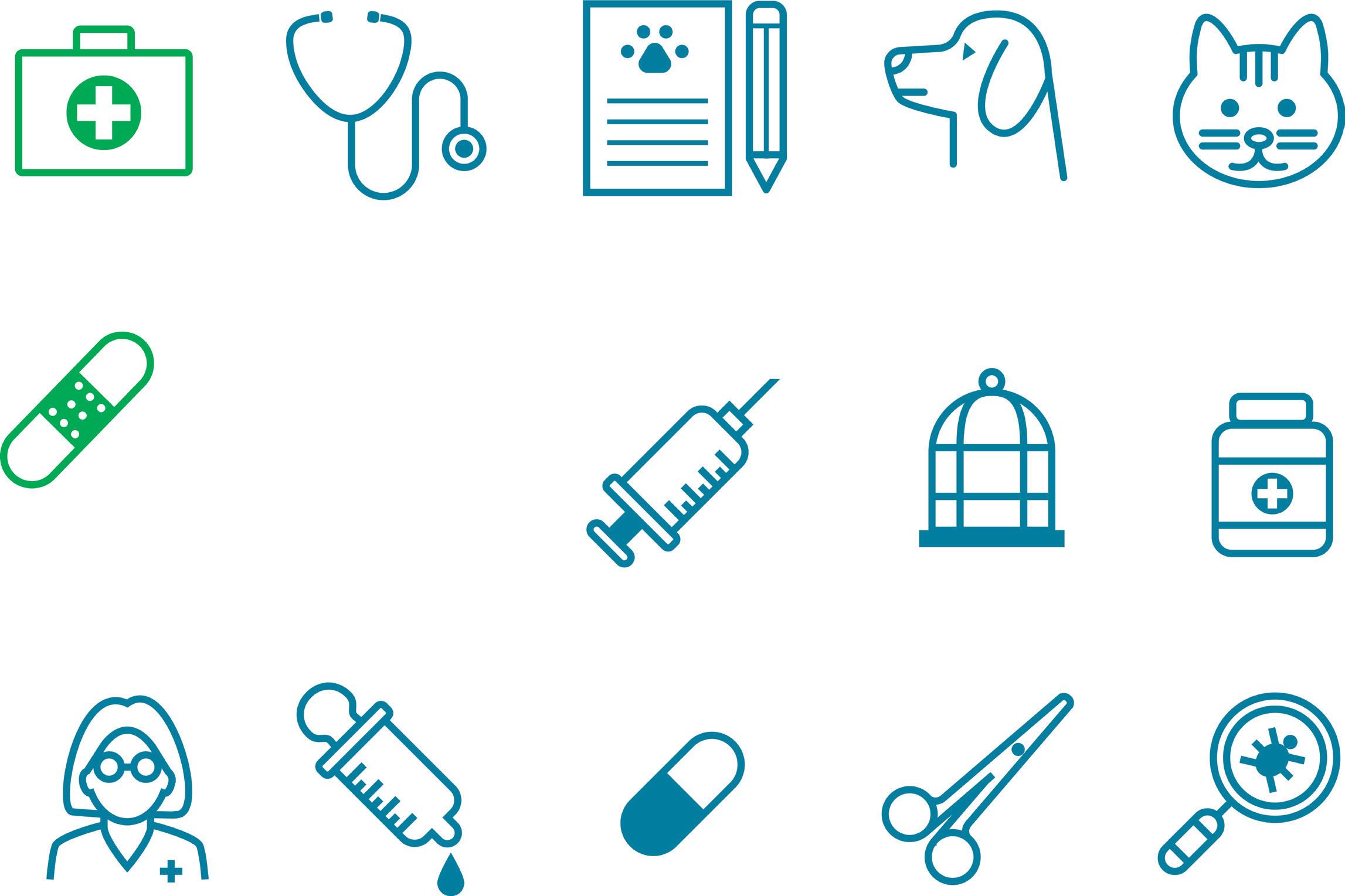
4 minute read
INSIGHTS
WITH VICKIE MITCHELL
CRISES BEYOND COVID
Did you take your temperature way more than normal in the past year? You’re not alone. There’s nothing like a worldwide pandemic to heighten awareness of health and safety.
For meeting planners, though, thinking about others’ welfare is nothing new. Every event has its hazards.
As we ease into nearer-to-normal life, it’s good to remember that COVID-19 is far from the only threat we face. People still have heart attacks and strokes; they collapse without warning during seminars or awards dinners. Fires burn and winds blow. Riots flare. It remains important to be prepared for emergencies of every kind, from twisted ankles and allergic reactions to flash floods and ice storms.
Here are practical steps you can take to be prepared for common crises at your meetings and events.
Keep these health and safety measures in mind for your meetings.
Update before it’s too late.
We pat ourselves on the back when we finally write a will. Then we file it and other important documents away, literally and figuratively, and forget about them. Is it the same with your emergency plan for meetings? As a habit, crack open your crisis plan before every conference. If you don’t have one or if yours is woefully outdated, download the American Society of Association Executives’ (ASAE’s) Crisis Response and Event Emergency Plan — asaecenter.org — and use it as a template to fashion your own. Something else to keep updated: attendees’ emergency contact information. Make sure it is collected when attendees register. And supply attendees with the name and cellphone number of the staff person who heads safety and security for your event. Recommend that they enter that information in their phones; include it in all communications.
Start the conversation early.
A written plan is only part of planning. In each community and venue where you meet, set up a meeting with locals to talk about safety and security issues. The convention and business bureau is your best conduit to the community; the meeting professionals there are tuned in to local contacts and are happy to connect meeting planners with the police and public safety, public health and other officials they need to contact. They can set up a conference call, a Zoom meeting or an in-person socially distanced conference. Make sure the CVB contact attends the meeting, as well as your venue’s and hotel’s operations staffs.
Take time to get trained.
For years, getting first-aid training involved devoting an evening or weekend to an in-person class or having an instructor come to the office and train a group. Now, you can take the American Red Cross’ training online in a couple of hours without ever leaving your office chair. Other organizations like the American Heart Association offer virtual training, too. The catch with online training is you won’t be certified because you won’t get to demonstrate your skills to a certified trainer, but you do end up with a grounding in the basics. In online reviews, these classes generally get good marks. The class menu includes CPR/automated external defibrillator, general first aid, mental health first aid, first aid for child care and others. The general first-aid class lasts about 90 minutes and costs $22; the First Aid/CPR/AED class is $60 — redcross.org. For the small amount of time invested, the course would pay off in an incalculable way if you were able to help save someone’s life.

Equip your meeting with a first-aid kit.
Don’t rely on your venue to have a well-stocked first-aid kit. Instead, have your own for meetings. For well under $100, you can buy an Occupational Health and Safety Administration/American National Standards Institute-approved kit with all the basics, from bandages and Band-Aids to antiseptics, aspirin and antacids. For about $50, the American Red Cross has an OSHA/ANSI-approved kit with 216 supplies packed into a handy plastic case. Other makers have kits with a few more supplies for a little less money. Two points about first-aid kits: First, they aren’t meant to do the work of emergency medical personnel, but they can adequately manage minor issues or help treat someone until the pros arrive. Second, kits don’t last forever and should be updated regularly. If your kit is stocked with over-the-counter medications for headaches or allergic reactions, use single-dose packages and replace them when they become outdated. Many supplies, like bandages, will last a long time.

Keep up with COVID-19 measures.
For now, COVID-19 precautions and response remain an essential part of planning a safe event. The Centers for Disease Control and Prevention — cdc.gov — has developed guidance for events, including an Events and Gatherings: Readiness and Planning Tool. This PDF checklist reminds planners of actions to take before meetings, from having plenty of soap and sanitizer on hand and posting signs to promoting protective measures and proper procedures to take when an attendee or staff member tests positive during or after a meeting. It also includes reminders about ways to design meetings that prevent spread: outdoor events over indoor, six-foot distancing, one-way walkways and entrances, contactless check-ins and other measures to avoid lines. Signs and other messaging can be downloaded from the CDC’s communications resources page. Check in on the site regularly; it is being updated as more is learned about COVID-19 and as the pandemic landscape changes.

